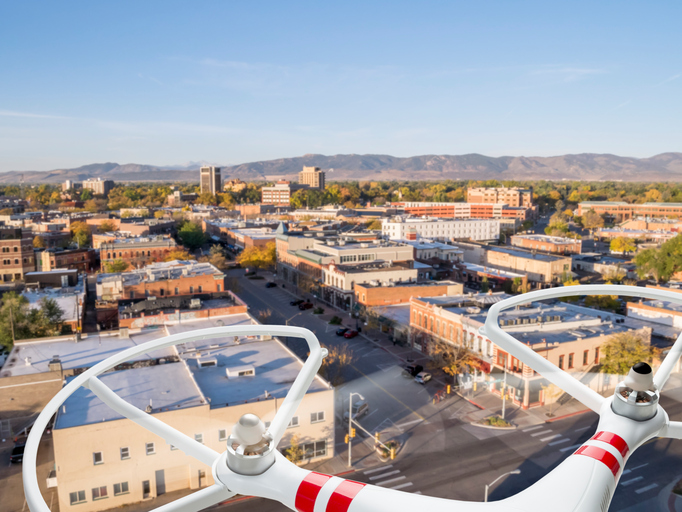Drones, also known as unmanned aerial vehicles (UAVs), used to be just a fun toy for hobbyists. Today, they’re an integral part of the engineering and construction industry. They’re used on project sites, as well as in assessing property condition and evaluating damage. For insurance companies and insurance adjusters, this means you need to know a few things about them.
It’s unlikely you’ll ever need to interact directly with a drone in the course of your job, but their use provides multiple benefits that directly impact the speed and quality of the assessments you rely on. It’s important to understand how they impact your ability to operate effectively, so that you can make intelligent decisions about who you hire to perform your assessments.
Here are four ways the use of drones improves the results you can expect from assessors.
One: Delivering Faster Results
Depending on the type of damage you’re investigating, the use of drones can have a huge impact on how quickly you get information back. Drones make it possible to access roofs and other challenging areas quickly and effectively, without special climbing or safety equipment.
This means that the same assessor can make multiple roof damage calls in the same amount of time, and can send data back to you faster as well. In the event of a widespread disaster, this means that the same team of assessors can process significantly more sites in substantially less time than before.
Two: Providing Safer Results
Climbing up on roofs is inherently risky. Even when all safety protocols are followed (and they often are not), a soft spot in the roof or an unstable structure can lead to injury. Drones enable assessors to perform complete inspections of roof areas, upper floors, and other difficult to access areas while their feet remain planted firmly–and safely–on the ground.
Three: Accessing the Inaccessible
Before drones became common in the construction and assessment business, some types of damage were simply inaccessible to inspectors. For instance, in the aftermath of a disaster, roofs and upper floors of damaged buildings might be unstable, or unseen damage could create falling hazards. In areas subject to widespread damage, such as after a hurricane, it could be difficult or impossible to bring in the equipment necessary for getting to roofs and upper floors. Drones changed the equation, making it possible to provide accurate assessments of any part of a building’s exterior without expensive or hard-to-transport equipment.
Four: Integrating With Your Platforms
Today’s drone software packages are capable of providing files that can be integrated into whatever software platform your company uses. CAD, spreadsheet, or comma delimited files are standard. This allows you to quickly import the data for analysis and estimating purposes, speeding the process on your end as well.
The use of drones can greatly improve the speed, reliability, and completeness of your assessment and adjusting process. Look for assessment firms that have an FAA licensed drone operator on staff, with appropriate equipment and software to provide the information you need in formats compatible with your systems.
At GLE, we constantly innovate our processes using the latest technologies to better serve our clients. We’d be delighted to talk to you about how we use drones in our company to provide better results for insurance companies and others.



